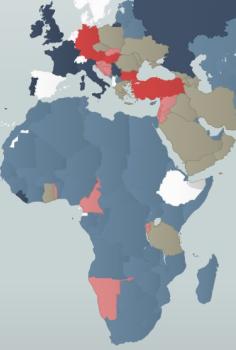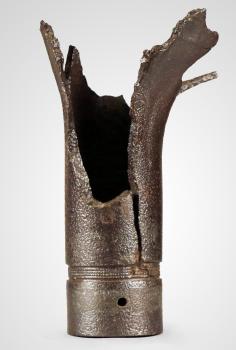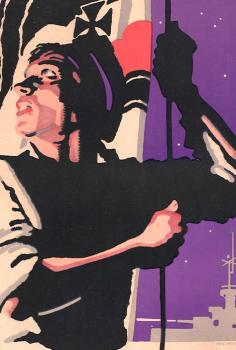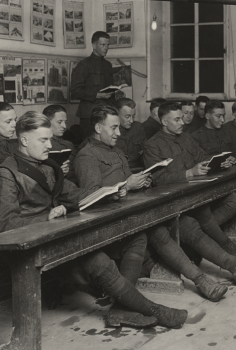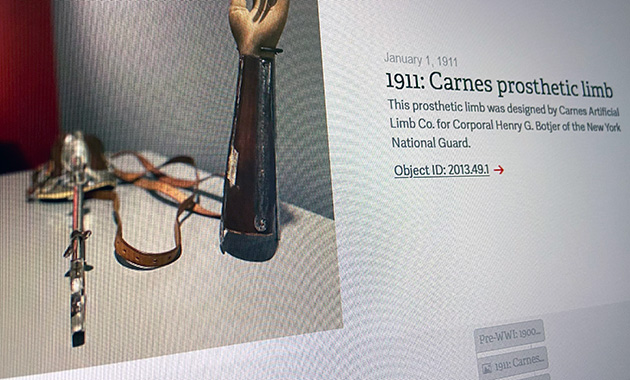
This timeline of prosthetics in WWI will students through the evolution of medical technology during the war using primary sources and readings. Context is provided for developments before and after the war, and primary source images are included to illustrate the changes over time.
Introduction
Throughout centuries, people have innovated in times of challenge, particularly during war. Consider how WWI and medical pioneers changed the world of prosthetics with this timeline.
An Overview:
As early as 950 BCE, humans designed prosthetics. The earliest example was discovered on a mummy in ancient Egypt – a big toe made of wood and leather. From ancient civilizations through the Victorian era, prosthetics were used for both function and aesthetics. Evolutions in design and materials led to the first body-powered prosthetic hand in 1857.
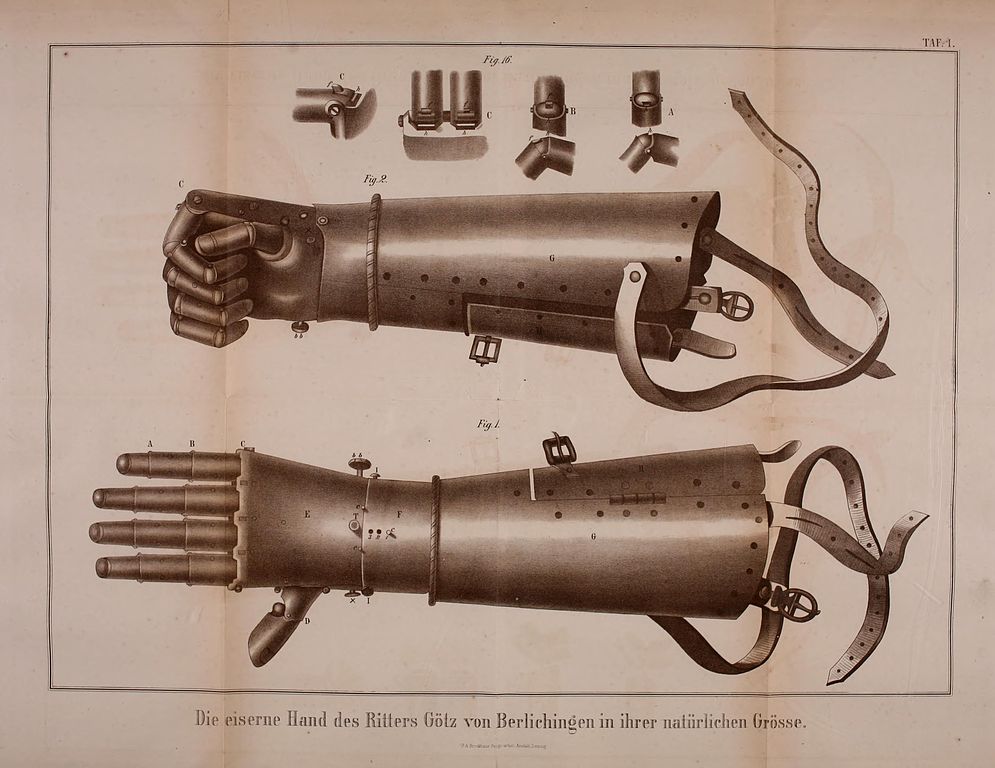
By the 1900s, new treatments and technologies emerged in the field. Before, patients had two prosthetic options: a functional limb for manual labor or a cosmetic limb without function. The blending of form and function came with the new century.
On August 5th, 1914, the first land battle of World War I began in Liège, Belgium. Thus began a long war that would leave millions with permanent injuries, and millions more dead across the globe. While casualty counts from the first weeks are unclear, it is known that in the first four months of the war, the French lost 310,000 soldiers.
The new violent, chaotic and terrifying war technologies led to the First World War becoming the heart of prosthetic innovation. Over 100,000 soldiers, sailors and pilots experienced limb loss during the war, with over 4,400 Americans receiving treatment and prosthetics. These estimations do not account for non-uniformed support personnel, such as mechanics or nurses, or civilian casualties.
WWI led to the creation of the Walter Reed Army Medical Hospital’s prosthetic laboratory, occupational and physical therapy programs, and redesigned the Veterans Bureau, which later became the Department of Veterans Affairs. The first half of the century also introduced new medical materials, revolutionized prosthetic devices and encouraged movements for more complete and inclusive representation and legislation.
Timeline
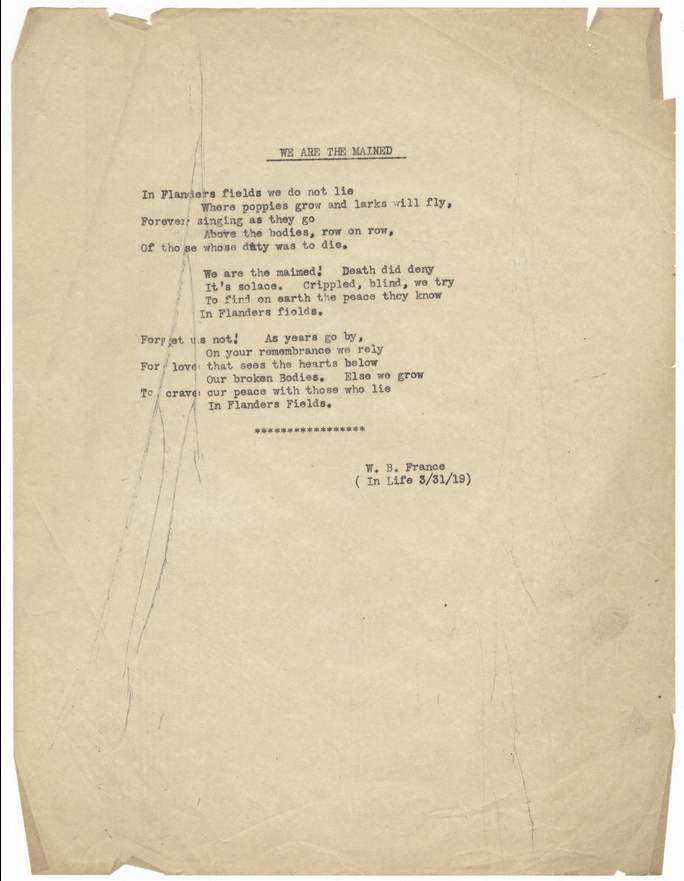
"We are the Maimed"
In Flanders fields we do not lie
Where poppies grow and larks will fly,
Forever singing as they go
Above the bodies, row on row,
Of those whose duty was to die.
We are the maimed! Death did deny
It’s solace. Crippled, blind, we try
To find on earth the peace they know
In Flanders fields.
Forget us not! As years go by,
On your remembrance we rely
For love that sees the hearts below
Our broken Bodies. Else we grow
To crave our peace with those who lie
In Flanders Fields.
Conclusion
The experiences of WWI set the stage for future innovation, many of which found direct applications during WWI and continued to shape subsequent eras. The medical discoveries, theories, and ideas that formed from the ashes of the Great War have played a vital role in enhancing contemporary options, accessibility and quality of care for individuals choosing prosthetic assistance.


